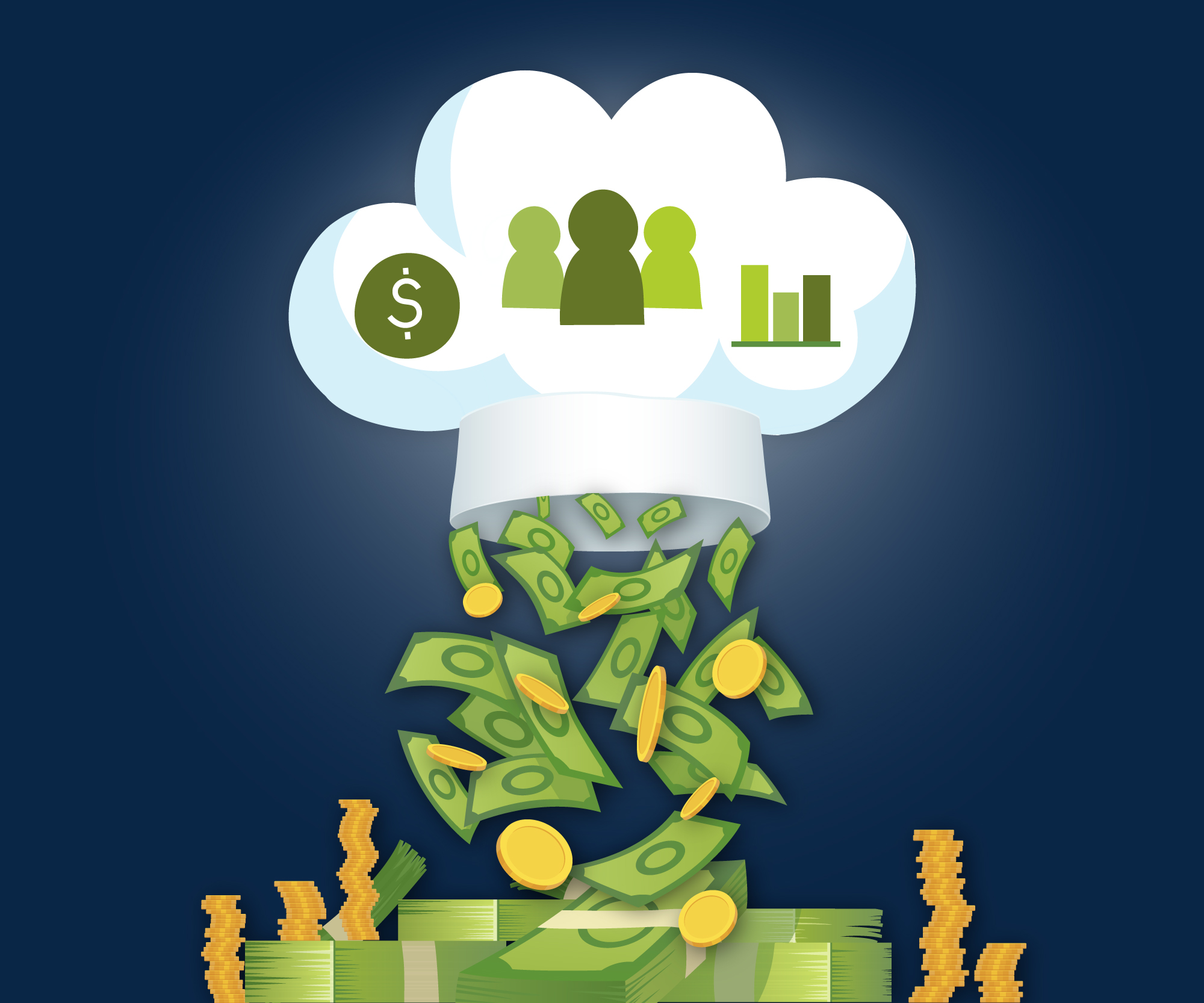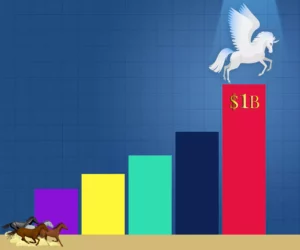
We know they sound cool (especially when called ‘ghost kitchens’), and we know they are fast growing in number. But are they a sustainable pursuit in terms of revenue, profit, and longevity? Having taken a peek into the functional workings of a cloud kitchen, let’s explore how a cloud kitchen business model supports kitchen owners.
Why is the cloud kitchen business model favoured?
A cloud kitchen model is super promising because you don’t need much to make it functional. No physical storefront. No ambience-lifting touches. You don’t have to go through all the business license infrastructure. Simply speaking, less paperwork. Most importantly, you are not locked in one location, a massive benefit for people in the food and beverage industry.
Of course, that’s not all. Customer relationship (in the traditional sense) is no longer a concern for cloud kitchen owners because food delivery apps can take care of that now. Well, that and all the other perks that come with the leverage of a third-party app. Lower investment is also a silver lining here; a reasonably priced annual lease contract will do for a cloud kitchen what a full-scale establishment would do for a restaurant.
Types of cloud kitchen business models
From a business standpoint, there are three models a cloud kitchen business falls into:
1. Exclusive to delivery apps
These cloud kitchens are specialised exclusively to delivery apps, as in the cases of Uber, Deliveroo, and Zomato. These apps have their own cloud kitchens. And if you’re operating inside these cloud kitchens, you can only provide your services through their delivery apps. Now, the advantage of doing that is you receive a premium spot because they want to see you successful—so you can drive them much more value. This, in turn, means that their customers are happier because they have a better experience.
On the other hand, the disadvantage of these kitchens is that the exclusivity factor limits your customer base. So if you’re in business with Uber, you’re only servicing a specific audience using Uber Eats. You’re missing out on people who’re using other apps.
2. Non-exclusive cloud kitchens
One example of this type is CloudKitchens. They work as huge commercial kitchens, and you can operate within their facility. And, in turn, you can partner up with any food delivery app you wish. One of the downsides of this is: you don’t get any special features from these apps because you’re not exclusive with them. These food delivery apps rank the businesses working exclusively with them higher than the non-exclusive cloud kitchens, and they feature higher on their search results.
3. Mobile cloud kitchen
Here, we are talking about the giant food trucks you see in your neighbourhood. BombayFoodTruck, for instance, is a well-known mobile cloud kitchen offering an authentic fusion of Mumbai flavours with a gourmet street food twist. One of the downsides of this model is that it’s not popular everywhere, which limits the consumer base. Secondly, in this model, you’re continually operating within a cramped space. However, the cost of mobile cloud kitchens is substantially lower than renting a commercial kitchen.
4. Pick-up-only model
Although this term sounds self-contradictory, it grew in popularity soon after Starbucks tried it. In this model, customers may place an order in advance and pick it up from the store without waiting. This model serves a targeted audience—‘customers in a rush.’
What makes this model profitable?
You must know the art of balancing costs to make a cloud kitchen business model profitable. Most of the big players in the cloud kitchen industry learn how to balance their food, labour, and operational costs to achieve this. Let’s look at three principal elements that come into play here.
(1) Right menu pricing strategy
The commission fee involved in the third-party app should be on the radar of the cloud kitchen owner at all times. Multiple factors contribute towards the price of the food item. Therefore, knowing those factors and understanding the pricing model will give a cloud kitchen owner an upper hand.
(2) Operational costs
The cost involved in packaging comes under operational costs. A general packaging criterion does the trick when a cloud kitchen is just starting. However, to retain customers, playing with customised packaging takes you a step ahead. After all, customer retention is one of the foundations of creating a profitable business. ‘You don’t need to create something entirely new and different, but rather complementary to your existing operation,’ said Joy Chang-Lai, the chief operating officer at Kitchen United, a Californian cloud kitchen company. One example of where her advice is applicable is when you’re changing your menu—you can create something from the already existing ingredients. As a result, it will help you save more on grocery bills.
(3) Market like a new business
This is one of the critical things most cloud kitchen operators fail to do. Being on the food delivery app will not automatically fetch any customers. With the competition in the industry growing the way it is, utilising all social media platforms and having an SEO-optimised website is necessary. When people search for a particular food item, your brand’s presence atop the search results makes a tremendous difference. Working on influencer marketing and delivery app promotions will never let you down. Consumers don’t know what you’re doing until you tell them.
Who should go into the cloud kitchen business?
This model is specifically for people passionate about delivering their grandma’s recipe to the world. In other words, someone who understands food and is passionate about it but lacks funding. They don’t have the money to spend on the equipment or a 5-year, 10-year lease with renovations. They don’t have the expertise to run a full-scale restaurant. This model fits such individuals perfectly.
What are some of the challenges?
The cloud kitchen, in itself, is not a perfect business model. One of the cons of running a cloud kitchen is that you have zero visibility—you have no way of promoting or marketing your brand with walk-in traffic.
Also, you are, in a way, severely accountable to these food delivery apps. For example, you’ll likely be out of business if they decide to favour some other restaurant. Or, if they choose to charge you a premium—5% more, you don’t have any leverage or bargaining power with these food delivery service apps.
And the big challenge is: you don’t own your customers. The delivery app owns your customers. And why do you want to own your customer? Because, in a food-based business, it’s all about the community—getting your loyal customers to come back again and again to have and enjoy your offerings. So often, we go to that special place or a restaurant to celebrate a milestone, maybe because we have that emotional connection with the owner, the feeling, or the vibe there. So, in the food and beverage industry, you must be able to build your customer profile, which the cloud kitchen model lacks.
Having acknowledged the shortcomings, I’ll still say the cloud kitchen model is in its infancy. And as with any new phenomenon, here, too, flocks of people are finding their way in, opening up doors for investment. So, this may be the turtle in the race, ultimately!



